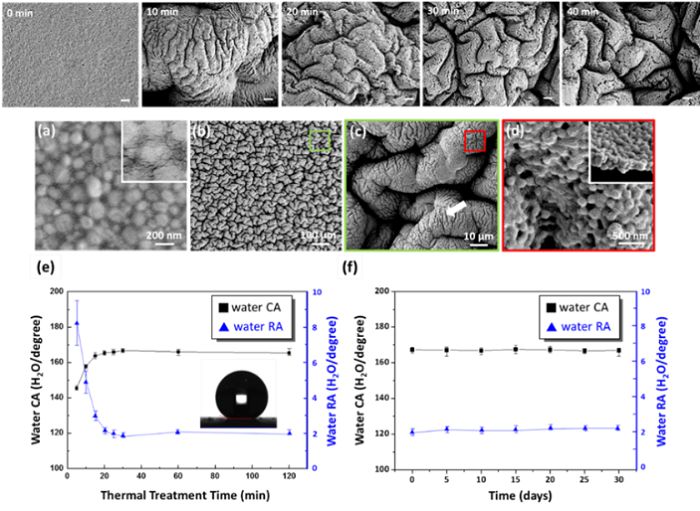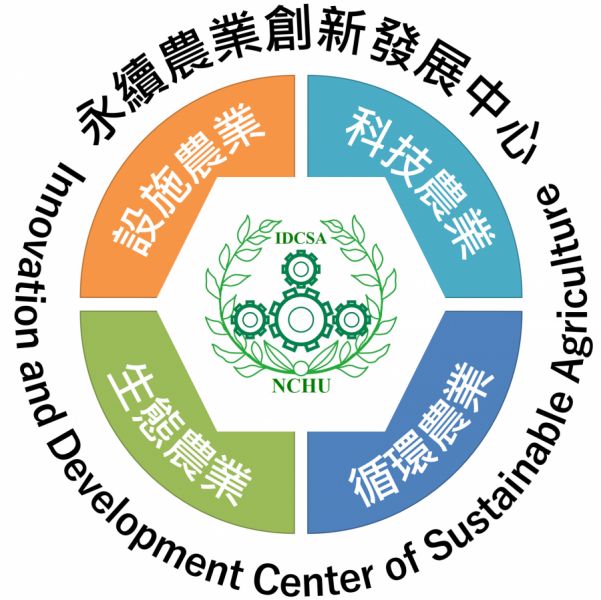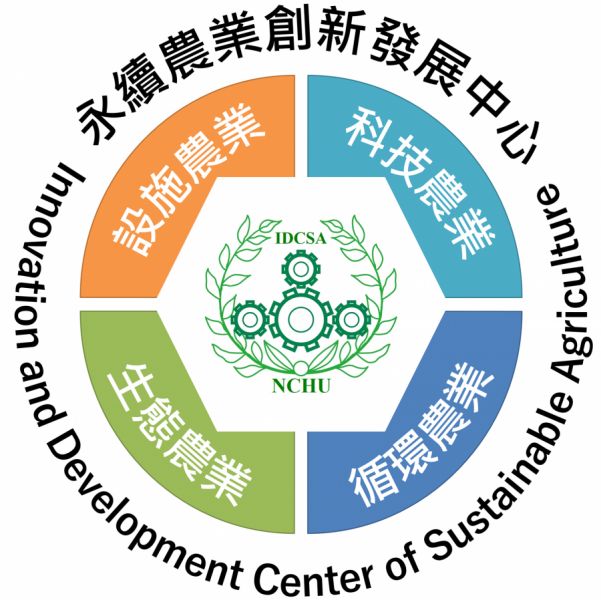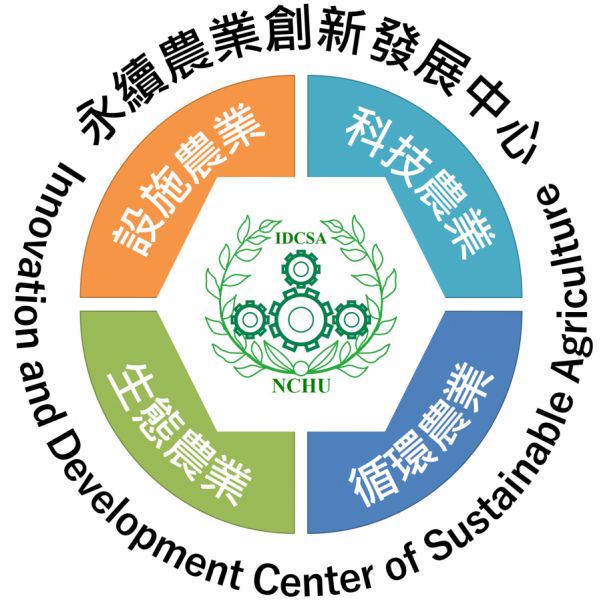1. Preparation and characterization of biochar from agricultural waste for removal of polyphenol
Biochar is prepared as a gallic acid adsorbent by using different agricultural wastes under calcination at different temperatures for effective improvement of continuous cropping obstacles.
2. Development and applications of bioinspired materials for green antimicrobials and antifouling capability in agriculture
Owing to the exponential growth of the human population and the rising food demand, identifying sustainable green antimicrobials for higher agricultural productivity becomes essential. In this study, hydrothermal precipitation for synthesizing versatile nanostructured zinc oxide particles (nZnOs), including nanorods (1D), nanoplatelets (2D), and multibranched flower-like particles (3D), was achieved by controlling pH values of source precursors and growth time. Hydrothermal synthesis is an eco-friendly process without the requirement of hazardous organic solvents. The antimicrobial properties of these nZnO particles were evaluated on different soil-borne plant pathogens. These pathogens are serious limiting factors in agriculture. Results indicate that 3D nZnO showed more remarkable, reliable, and stable antifungal activity compared with other nZnOs. The scanning electron microscopy results also demonstrated significant mechanical damage to pathogens that caused by the branches of flower-like particles from 3D nZnO. Moreover, results of photodegradation and environmental resistance of the synthesized nZnOs revealed their potentials to reduce hazardous chemical pesticides and the eco-friendliness. This work is the first to compare the antimicrobial (i.e., antifungal) properties of various nZnOs and their applications in agriculture. Our results suggest that 3D nZnO can be served as promising candidates of green antimicrobials with multiple modes of action in sustainable agriculture; Inspired by complex multifunctional leaves, in this study, we created robust hierarchically wrinkled nanoporous polytetrafluoroethene (PTFE) surfaces that exhibit superhydrophobic properties by combination of PTFE micellization and spontaneous surface wrinkling on a commercially available thermo-retractable polystyrene (PS) sheet. A PTFE dispersion was coated onto the PS sheet, followed by thermal treatment to remove the surfactants surrounding PTFE particles, and surface wrinkling was induced through a dynamic thermal contraction process. Thermally induced contraction from the PS sheet provided the driving force for developing and stabilizing micrometer-sized wrinkle formation, while the nanometer-sized PTFE particle aggregation formed a rigid nanoporous film, providing its intrinsic hydrophobic character. By combining the hierarchical interfacial structure and chemical composition, hierarchically wrinkled nanoporous PTFE surfaces were fabricated, which exhibited extremely high water repellence (water contact angle of ~167°) and a water rolling-off angle lower than 5°. The wrinkled patterns could intimately bind the nanoporous PTFE layer through enhanced adhesion from their curved surface and viscous liquid surfactants, making these surfaces mechanically robust and offering potentially extendable alternatives with self-cleaning, antifouling, and drag-reducing properties.
3. Cetylamine modified layered phenyl zinc phosphate used to retard photodegradation of biodegradable polymers
Subproject 4 : Novel Environment Friendly Material Safety Evaluation 2019-12-31




